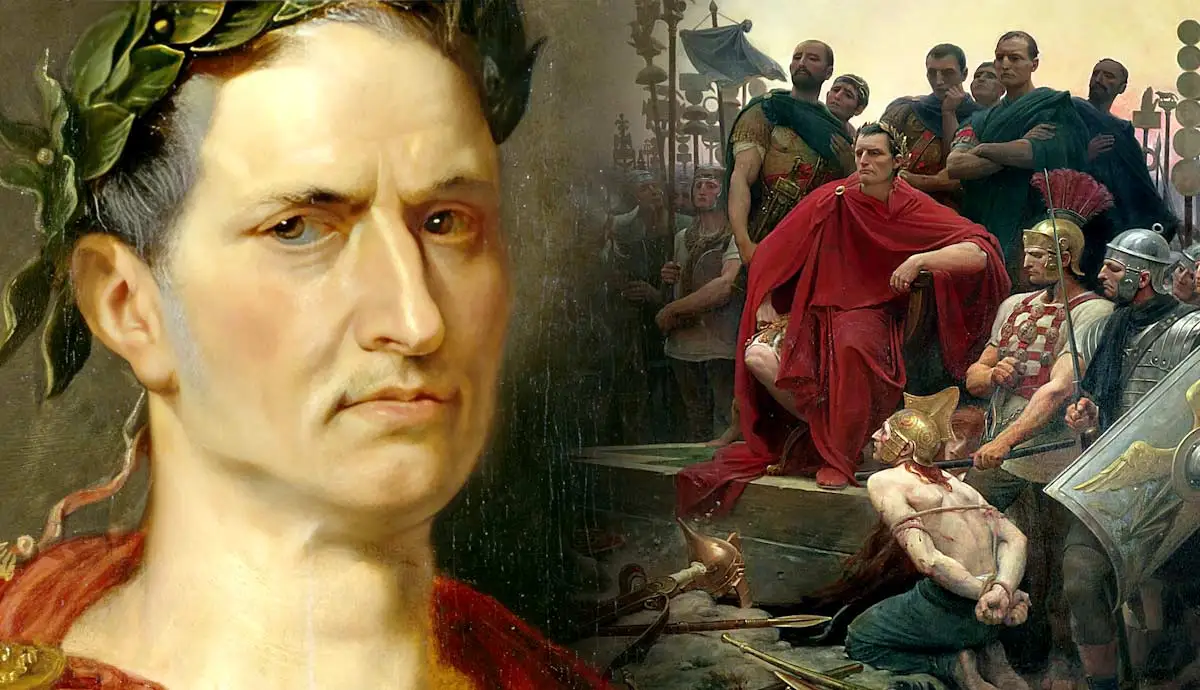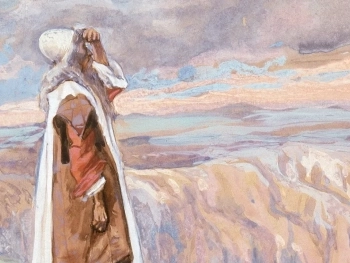Julius Caesar, the iconic figure of ancient Rome, is not only remembered for his military prowess and political acumen but also for his distinct attire, which included various pieces of headgear that symbolized his power and authority. In this article, we delve into the intricate details of what Julius Caesar wore on his head, exploring the historical context, cultural significance, and the evolving styles that adorned the head of one of history's most famous leaders.
The Gallic Laurel Wreath:
One of the most recognizable symbols associated with Julius Caesar is the laurel wreath, often depicted in ancient sculptures and artworks. In ancient Rome, the laurel wreath, known as the corona triumphalis, held profound symbolism, representing victory and honor. Caesar's association with the laurel wreath stemmed from his conquest of Gaul, where he achieved significant military successes. It became a potent emblem of his triumphs and leadership.
The laurel wreath was typically made from bay laurel leaves, woven into a circular crown-like form. It adorned Caesar's head during ceremonial occasions, particularly during triumphal processions, where victorious generals would parade through the streets of Rome in celebration of their military victories. The laurel wreath signified Caesar's authority as a conqueror and bestowed upon him an aura of divine favor, aligning him with the legendary heroes of Roman mythology.
The Diadem of Kingship:
In addition to the laurel wreath, Julius Caesar also adopted the diadem, a symbol of kingship and sovereignty, albeit controversially in the Roman Republic. The diadem, a type of regal headband, was associated with monarchs and rulers in the Hellenistic world, particularly in the eastern Mediterranean regions.
Caesar's decision to wear the diadem raised concerns among the Roman Senate and traditionalists who feared his ambitions of monarchy. Unlike the laurel wreath, which celebrated his military achievements, the diadem represented a departure from republican values and the principles of the Roman constitution. Caesar's adoption of the diadem fueled speculation about his intentions to establish himself as a king, ultimately contributing to the political unrest that culminated in his assassination in 44 BCE.
The Crown of Triumph:
Beyond ceremonial occasions and symbolic gestures, Julius Caesar wore a crown known as the corona civica or "civic crown." This crown held immense significance in Roman society, as it was awarded to individuals who had saved the lives of fellow citizens in battle. The crown was made from oak leaves and acorns, symbolizing strength, resilience, and the protection of the Roman state.
Caesar's receipt of the civic crown underscored his reputation as a military hero and a savior of Rome. It was a tangible testament to his valor on the battlefield and his commitment to the welfare of the Roman people. By wearing the civic crown, Caesar not only demonstrated his martial prowess but also reinforced his legitimacy as a leader who prioritized the interests of the republic.
The headgear worn by Julius Caesar transcended mere fashion statements; they were symbols of power, authority, and ideological conflicts that defined the turbulent period of Roman history in which he lived. From the laurel wreath that celebrated his conquests to the diadem that sparked debates about his political ambitions, Caesar's choice of headgear reflected the complexities of his persona and the evolving dynamics of Roman society.
Despite his assassination and the fall of the Roman Republic, Julius Caesar's legacy endures, immortalized in the images and artifacts that depict him wearing these iconic symbols atop his head. In studying his headgear, we gain insights not only into the sartorial preferences of an ancient ruler but also into the deeper meanings and implications they carried in the context of Roman politics, culture, and identity.




